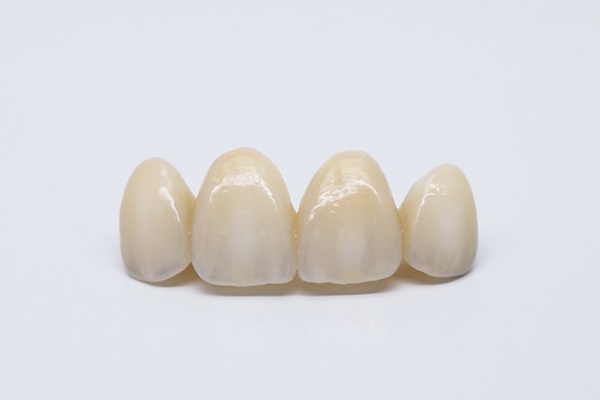Ask a Dentist: How Do I Prepare for a Dental Bridges Procedure?

When you need dental bridges, your dentist will work with an oral surgeon to find the best solution for your problem. There are a few things that you can do in preparation for this procedure. This blog post outlines some of the steps you should take before going in for dental bridges surgery.
Make a list of all the medications that you are currently taking and bring this to your dentist. Your doctor will use this information when making recommendations for any medicines that can be used before surgery.
What is a dental bridge?
Dental bridges are fixed appliances that span the space of a missing tooth. Dental implants replace the lost root and can become an anchor for your new bridge, or dental implants could be used to support the bridge alone if there is enough bone structure remaining in your jaw. Dead teeth from decay will need to be removed before any procedure begins, which may cause some discomfort, but it won't last forever.
Preparing for a dental bridge
Past dental treatments, especially those involving implants or other metal components, often need to be removed before getting dental bridges because they could interfere with the procedure. If there is other dental work in your mouth, it may cause problems. Make sure these items have been taken care of before going into surgery. This includes braces, crowns, and caps, among others. Although some ointments are safe during procedures like tooth extraction or bridge placement, talk to your dentist about which ones they consider appropriate for your operation.
Dental bridges require a certain amount of bone structure to be present for them to stay put, so if there is not enough bone density or strength, then your bridge will fall off within weeks and must be reset again, which can cause more damage than good. On the other hand, dental implants don't need as much support because they use their bones instead of relying entirely upon what's left over from tooth loss.
What to expect during your procedure
The dentist will take detailed x-rays or impressions (molds) of your mouth. Hence, they have an accurate depiction of what needs to happen during surgery and how things should look when you wake up with temporary teeth in place, then step-by-step instructions on how long each part takes and where exactly everything goes. Dental bridges require two visits, one for each part of the procedure. The teeth on either side of the gap are prepared, and then a crown is added to one tooth, usually all while you're still awake (not sedated) since that's not necessary for this part of the process. Dental bridges require two visits, one for each part of the procedure.
After a dental bridge procedure, you should expect temporary teeth in place, and the permanent ones will get attached. Once your mouth has healed, it'll be time to adjust everything, so they fit correctly before adding them permanently with cement or other adhesives.
Request an appointment here: https://www.springfieldmoderndental.com or call Modern Dental of Springfield at (217) 321-4552 for an appointment in our Springfield office.
Check out what others are saying about our dental services on Yelp: Dental Bridges in Springfield, IL.
Related Posts
It is helpful to understand the different types of dental bridges to determine why your dentist may recommend a specific one. All dental bridges accomplish the same goal, which is to replace a missing tooth or a section of missing teeth. However, depending on the patient’s goals and the status of their oral health, a…
In dentistry, a dental bridge is one of the popular options for closing the gap left by a lost or extracted tooth. Bridges are typically made up of crowns on the sides of the gap, which cover adjacent health teeth, called the abutment teeth. These teeth support the replacement teeth, which could be one or…
Same day dentistry offers a great option for those who want dental implants in one day. This is a better version of traditional implants that need a long time to finish. Most people do not have the time to spend at the dental clinic. Schedules tend to overlap. Patients tend to miss the visits for…
Many people would shiver at the thought of wisdom teeth removal, probably because of the rumors they have heard about the procedure. But not to worry; wisdom teeth removal is a simple and easy process. Since wisdom teeth are the last to erupt later in life, many people do not have enough information to determine…
